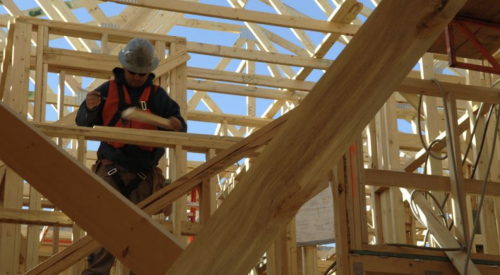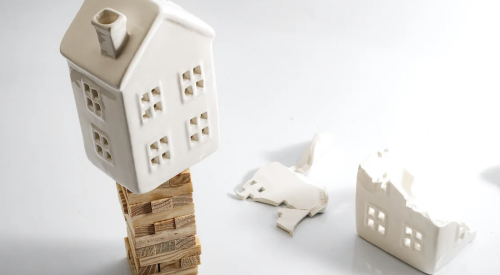As I sit on a plane bound for Fresno I am procrastinating. I know I have to put together this week’s blog but there are a few things to handle first. I need to thoroughly read my Newspaper (front to back even the boring stuff). Of course I cannot get started until the snack portion of the trip is over. I must garner some energy from Delta ’s bizarre oblong ginger cookie thing. Most sinful of all? A quick game of computer solitaire before I begin. We all do it from time to time right? However, something that should never be put on the back burner is establishing excellent construction drawings for your field to operate from. So why is there an abundance of mediocre plans being built from all across the country?
Outside pressures, schedule, lack of trade input, lack of care and various other factors contribute to ruining the possibility of creating a truly great set of drawings. So what’s the big deal? Plans that are good enough will work right? Well I guess but only if maximum profit is not a primary concern.
By implementing LeanPlan Workouts with Scott Sedam and the TrueNorth folks over the last few years we have found it very common that thousands of dollars are lost on every home due to plans that are “good enough”. This is apparent with every builder we have worked with regardless of their geography or their level of operational excellence.

Above is a graph I developed that shows the lifecycle of construction drawings for a design. The lower blue line indicates the typical path a plan travels. The drawings start out fair and progressively get better as the home is built repeatedly. They get better because variances are found, schedules are delayed, tear outs occur, and SOME of the costs due to waste become blatantly obvious. The information arrives in bite sized pieces,” We need to do something to show anchor bolt locations - we had to torch two of them off this morning” Says Tim the Project Manager. “Mrs. Mayweather called and chewed me out this morning because her shower is not like the model” cries Karen the Sales Agent, and on and on. The variance costs and schedule delays are only the tip of the iceberg. As this line carries out the right the plan finally becomes good. This of course is just in time for it to become obsolete as the market has changed during this period of improvement. So let’s ditch the Bennington and develop the new Heather, and the beat goes on.
The upper red line is an approach that builders are taking to develop Lean plans. The plans are not developed in a vacuum instead they are developed with key trades and suppliers as well as dedicated individuals from the builder’s production team. Careful thought is given to eliminate conflicts that occur between trades (if you have ever had a plumber show up on the job before HVAC you will know what I mean). These construction documents quickly become great as the initial efforts put forth to developing them are verified and validated in the field. The appropriate revisions are rapidly completed and now we have a plan that is no longer a drain on the system. Behold! A set of optimized drawings that are producing maximum profit for the life span of the plan!
Oh yeah and what about the area of light green that separates the two lines? It represents the cash that was left on the table every time the home was built. So go ahead and watch the final quarter, or hit the snooze button before getting started on your “honey do” list. Developing great buildable construction drawings however, is something that just can’t wait.












